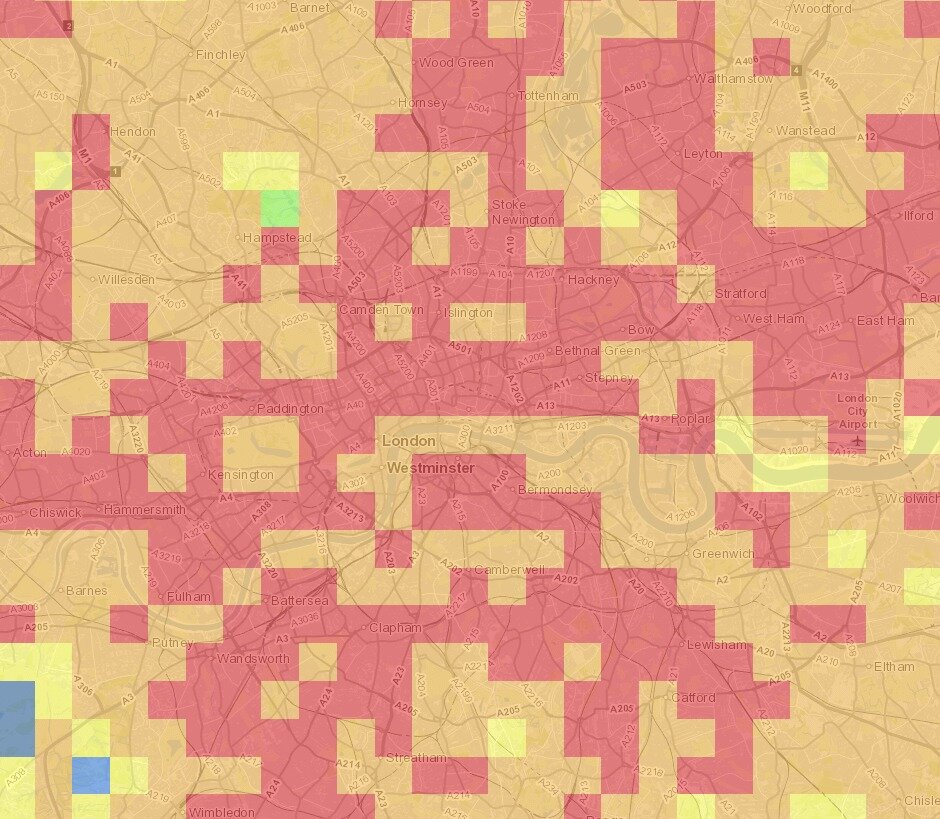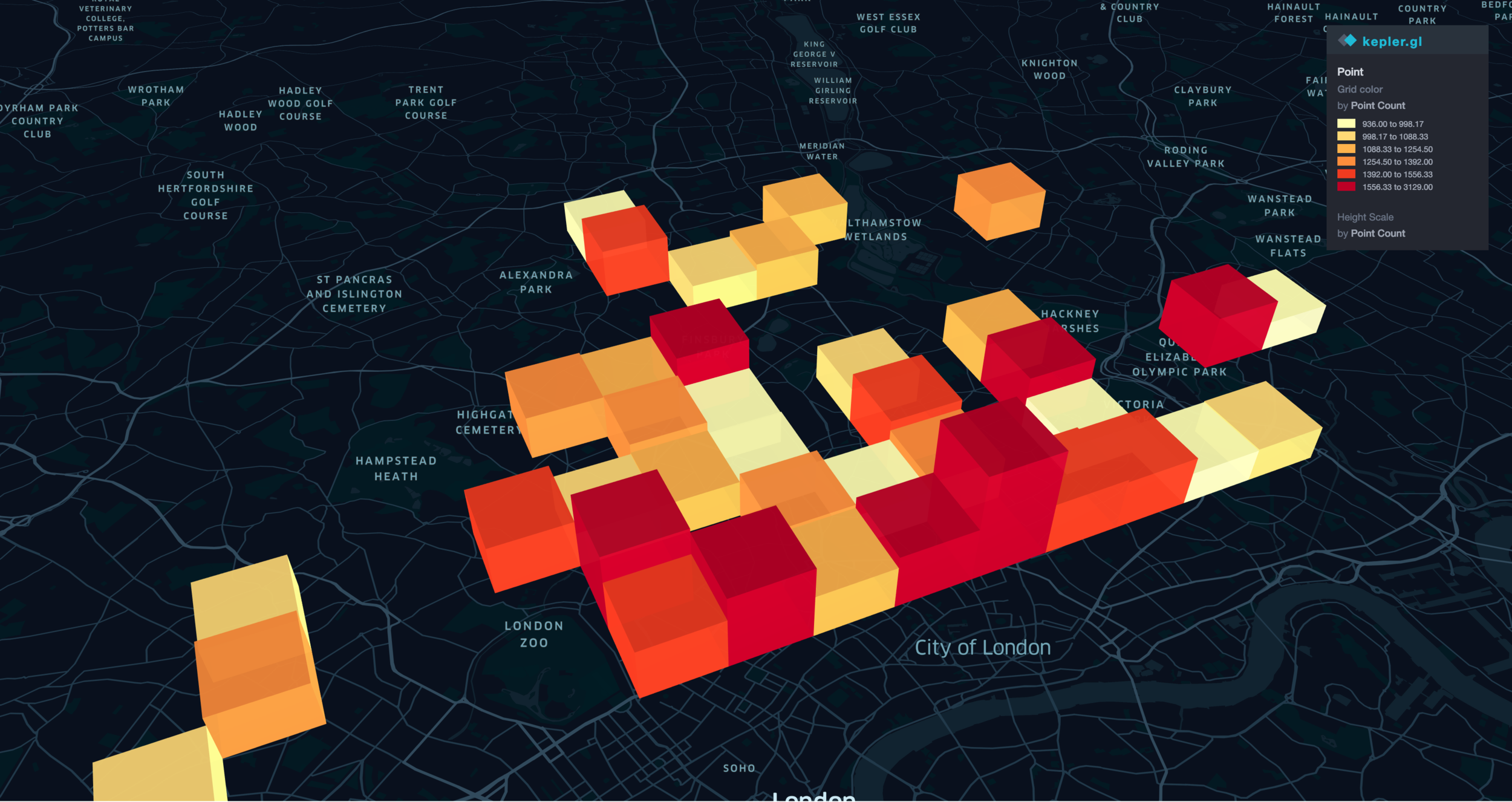Cut time and confusion when looking for your dream home by using data and a tested process. No coding required.
Too little time, too many options, and no obvious good ones
Finding your dream home is one of the more exciting pursuits in life. But it is also an incredibly daunting task. Many of us spend a huge amount of time, thought, energy, and - of course - money, to find a place we can call home. I know this because it’s all I ever hear anyone talk about in the streets and on the Underground. It’s a full-scale project that is near impossible to manage together alongside the rest of life, family, and employment. Many joke they best quit their jobs just to be able to finally give the housing hunt the appropriate amount of attention. Too bad they wouldn’t get a mortgage if they did, they say.
Really, who could blame them? Launch a search on a property portal of your choice and with some basic parameters. If you live in a city, you’ll likely be presented with a vast amount of results, the flaws and perks of each you have to find in detective-like fashion. One. By. One.
A few months ago, that’s just where I was when I started to dream about a new home in London (though, for the purpose of this article, it might as well have been in New York, Singapore, or San Fran). Luckily, I work at an analytics company and so had the immediate impulse to think that there must be a better way - even if you’re not a data scientist yourself. And there is. The answer for me lay in a data driven approach.
What followed was still a lot of work - don’t get me wrong. As ever, finding the right data, and then finding ways of dealing with it was still tricky, so I’ve summarised my process below hoping that it might be helpful for you. Your location and requirements will be different, but I’m confident that the process will be analogous for your search and personal constraints.
Location, location, and… what?
List your priorities
There are many aspects of importance when it comes to choosing a property. Finding a home is always about compromise. Some things you might be less willing to move on than on others. What’s important is that you set your limits, and stick with them. Once you start changing your mind too much, you’re basically back to considering all options. This, however, is a game of uncompromising exclusion, and you can only do this successfully if you are clear on what is important to you. I’m also keeping this list to mostly environmental factors, as we’ll look at what type of property you like after we’ve narrowed down the geographic area.
Some of my priorities were:
My budget +/- 20%
Min 1 bedroom (no studio)
A large green space within 15 minutes walk
A commute of under 45 minutes (for both me and my wife)
Low rates of burglaries and violent crime
Low noise
High air quality
Get the data, and map it
Now that we have our priorities, we need to do some research. As with my work at the data consultancy QuantumBlack, finding and exploring the right data is the most crucial step. I’m a visual person, so I always look for data that already comes in the shape of a map, or can be put into one using a free online tool.
Budget
One of the many considerations FindProperly can help you with.
An amazing resource for my first priority is FindProperly. The site offers a range of amazing tools to help you find where you can actually afford to live, and more.
Your ‘places’
Which places do you visit often?
To find out where you should live on a practical level, create a map of your most important locations. It may also help to map out where you’ve been to a lot in the past by creating a heat map of your location history.
Think about:
Workplaces
Schools
Best friends
Airports
Parks
Main transport hubs
Sports facilities
etc.
Once you have your key places mapped out, you can use a tool such as Mapumental to set limits on travel times.
Noise
I like my peace and quiet.
Noise levels can have a significant impact on the quality of life at your new home. You may want to look out for car traffic, rail lines, and flight paths. The first two for London can be found here.
Air pollution
This air pollution map really made me want to live in N6
Air pollution maps can be tricky to find, but for London, this one should help you get started. In terms of pollutants, you’ll probably want to look out for these four:
Nitrogen dioxide
Ozone
PM10
PM2.5
Crime
Explore the Metropolitan Police’s crime dashboard
Not all crimes are equal. It is worth differentiating what sort of crime may impact you as a resident most. Personally, I prioritised burglaries and violent crime. Head to the Met Police to browse their maps.
Find priority areas for your property hunt
Combine your data
Now that you have maps of everything of importance to you, you’ll need to combine them to find areas you’ll look for a property in. Simple ways to do this are to either look at the maps side by side, or taking screenshots and overlaying them in a photo editing tool such as photoshop.
If you’d like to get more advanced, you can download the data from the sites above (most of them have a download option) and load it into mapping sites such as kepler.gl.
Crime data from the Metropolitan Police loaded into Kepler.gl
Explore shortlisted areas
Tired of sitting at your computer? Good, because for the next step you have to get up and out. Ideally, you’ll have your search narrowed down to two or three boroughs. Now, you’ll need to visit them. Go for a stroll, get a sense of the place, see if it’s “you”. Can you see yourself spend a morning in that café on the corner? Would you enjoy the vintage market on that one over there? What do the schools look like? Leave the high street. Are there any quiet leafy streets that you could see yourself living in?
The heart chooses an area just as much as a home. A visit to your shortlisted areas should help you narrow your search down even more.
Find your new home
Decide on an agency
Now, and only now, open a property search site. Define the areas you have chosen on the map feature, and browse the results list. This is still research. You’re not actually looking for The One property yet. Even if you were looking for a home at this point, in many markets you’ll already be too late in the game by the time a place appears on, say, Zoopla. This is because property agencies give customers on their email lists first dibs on viewings, so once you’ve seen an ad online, hundreds of others might have had it in their inbox a week ago already.
Instead, what you ARE looking for is which AGENCIES represent the TYPES of properties that appeal to you. Make a list of places you like the look of online, then check which agency they are represented by. You’ll likely find that a few are represented by the same company. When I went through this step, I liked maybe 10 places in each area. Four sat with Agency A, three with Agency B, and three with Agency C. Pick the agencies that have the highest number of suitable properties, walk in, shake their hand, and get on their email list.
Wait
From here on, it’s a waiting game. My final piece of advice is, if you can, be patient. If you’ve followed all these steps, you’ll have your dream home in your inbox very soon, and can arrange a viewing - without having to scavenge property sites every night of every day for months and months.
Coming home
Our results? This entire task took me a few hours in total (I hope you will spend much less time on it now). We ended up looking at four properties. We chose the third one we saw. This, of course, is when the real madness of negotiations and contracts started, but that’s a different story. For this, I can only wish you the best of luck.










